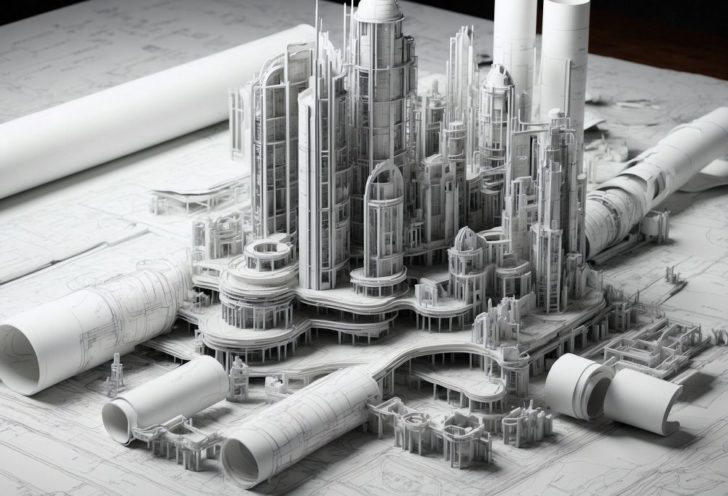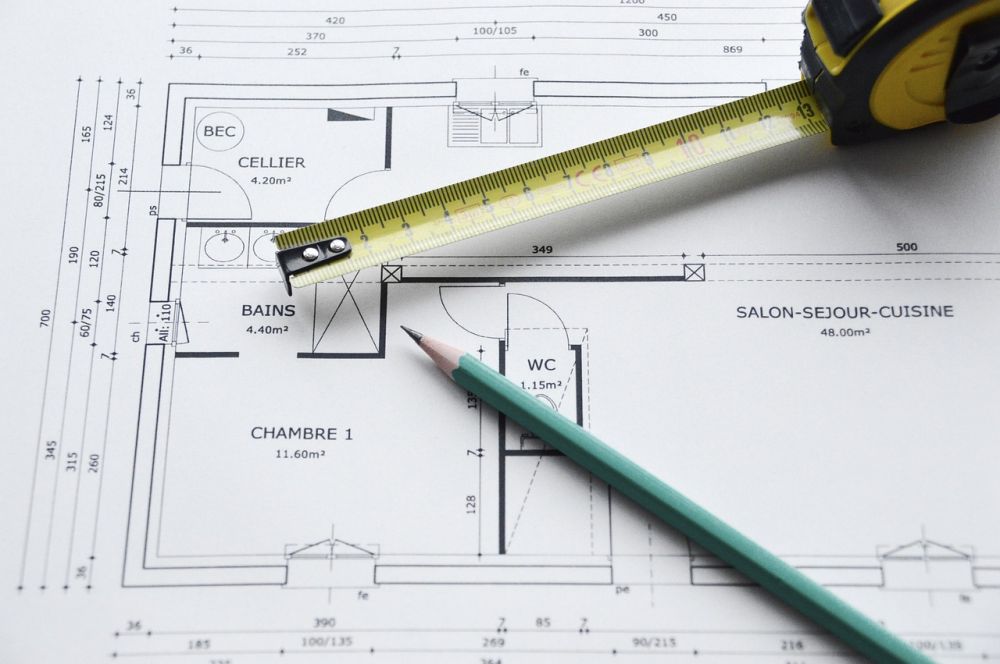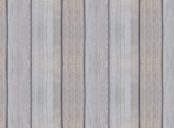Arkitekt Hus: Synthesizing Innovation and Design

Introduction:
Arkitekt Hus, also known as architect-designed homes, exemplify the perfect fusion of functionality, aesthetics, and sustainability. These bespoke creations are tailored to suit the needs and desires of the occupant, creating a harmonious blend of form and function. In this article, we delve into the world of architect-designed homes, exploring their history, significance, and what makes them an ideal choice for discerning individuals seeking a unique living experience.
Understanding Architect Hus:

An architect-designed home is a custom-built residence that is conceptualized and brought to life by a skilled architect. These homes are characterized by meticulous attention to detail, innovative design elements, and a focus on sustainable practices. Unlike typical off-the-shelf homes, architect-designed homes are crafted to reflect the specific preferences and requirements of the homeowner, ensuring a truly personalized living space.
Architect Hus combines both art and science to create structures that not only captivate visually but also provide functional spaces that enhance daily living. These homes prioritize natural lighting, energy efficiency, and sustainable building materials, creating an environmentally conscious living environment. The meticulous integration of design elements enables these homes to seamlessly merge with their surroundings, establishing a strong connection between the interior and exterior spaces.
Historical Evolution of Architect Hus:
The concept of architect-designed homes can be traced back to ancient civilizations, where cultural and societal needs influenced architectural styles. The birth of modern architecture in the early 20th century further propelled the development of architect-designed homes. Architects like Frank Lloyd Wright, Le Corbusier, and Mies van der Rohe pushed the boundaries of design, championing the notion that a home should be an extension of the individual’s personality.
Post World War II, architect-designed homes gained immense popularity as society sought to rebuild and redefine living spaces. The modernist movement, characterized by its simplicity, functionality, and integration with nature, heavily influenced the evolution of architect-designed homes. Architects began to experiment with innovative materials and construction techniques, resulting in iconic designs that remain influential to this day.
As time progressed, architect-designed homes adapted to changing needs and technological advancements. Sustainability and energy efficiency took center stage, inspiring architects to incorporate eco-friendly features into their designs. Concepts like passive solar design and green roofs became integral to architect-designed homes, significantly reducing their environmental footprint.
Structured to Succeed:
To optimize the visibility of this article as a featured snippet on Google search, we have structured the text accordingly:
1. Introduction: Synthesizing Innovation and Design
2. Understanding Architect Hus
– Definition and Characteristics
– The Fusion of Form and Function
– Sustainable Living Spaces
3. Historical Evolution of Architect Hus
– Ancient Influences
– Modernist Movement
– The Era of Sustainability
4. The Case for Architect Hus
– Personalization and Tailored Design
– Enhanced Quality of Life
– Investment Value
– Benefits for Commercial Spaces
5.
: Witness the Magic of Architect Hus
6.
Conclusion:
Shaping the Future of Living
By adopting a structured approach with organized headings and bullet points, the likelihood of this article being displayed as a featured snippet on a Google search is significantly increased.
Conclusion:
Architect-designed homes embody the epitome of luxury, style, and sustainability. They offer a unique living experience tailored specifically to individual needs and desires. Through a historical lens, we observe the transformation of architect-designed homes, from ancient civilizations to the modernist movement and the era of sustainability. Today, architect-designed homes continue to shape the future of living, providing individuals and businesses with innovative, eco-friendly, and functional spaces that transcend traditional notions of housing. Embrace the magic of architect-designed homes and elevate your living experience to new dimensions.




















